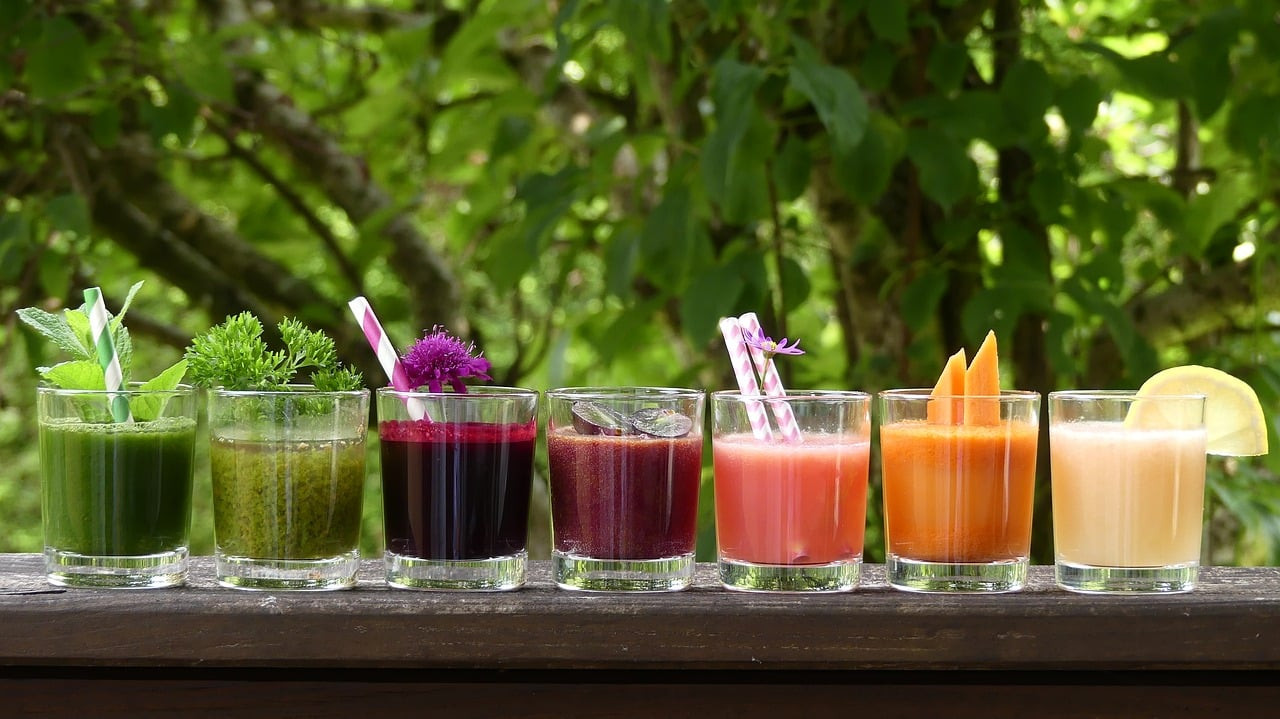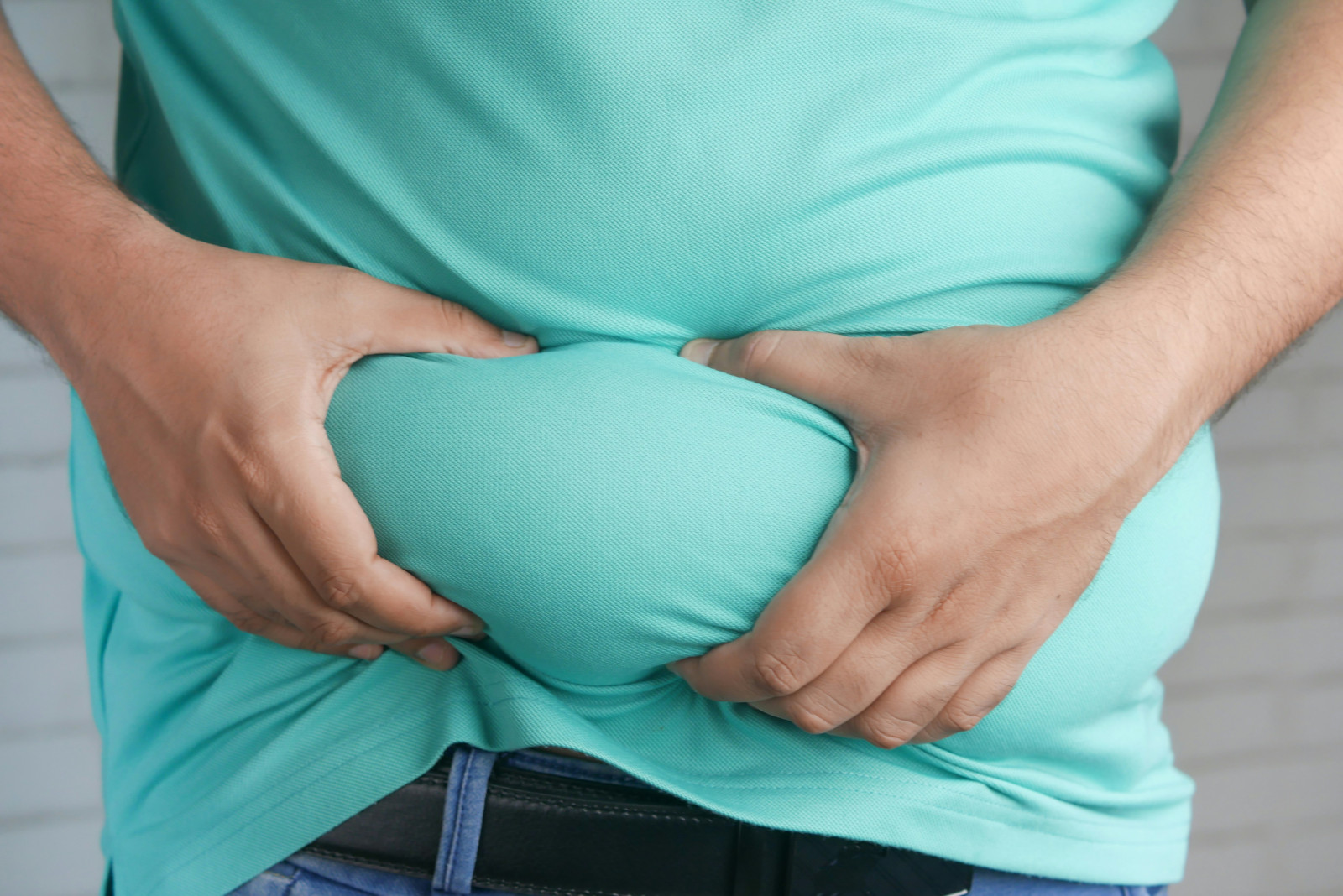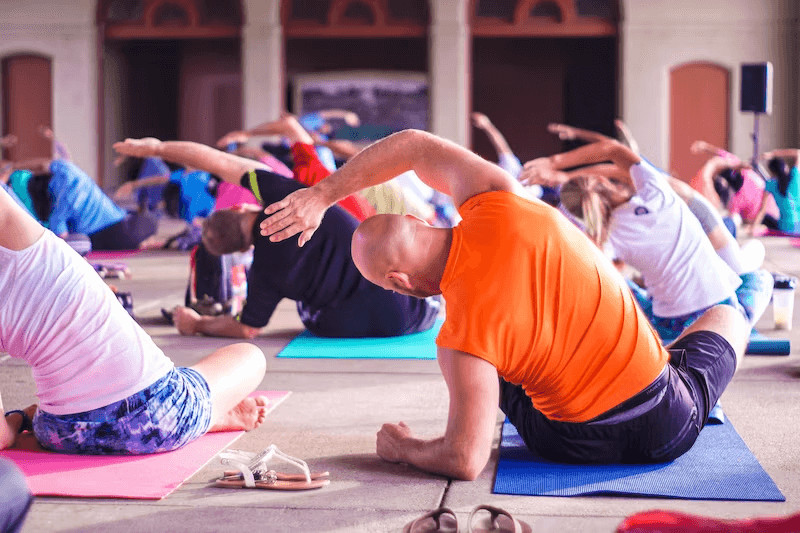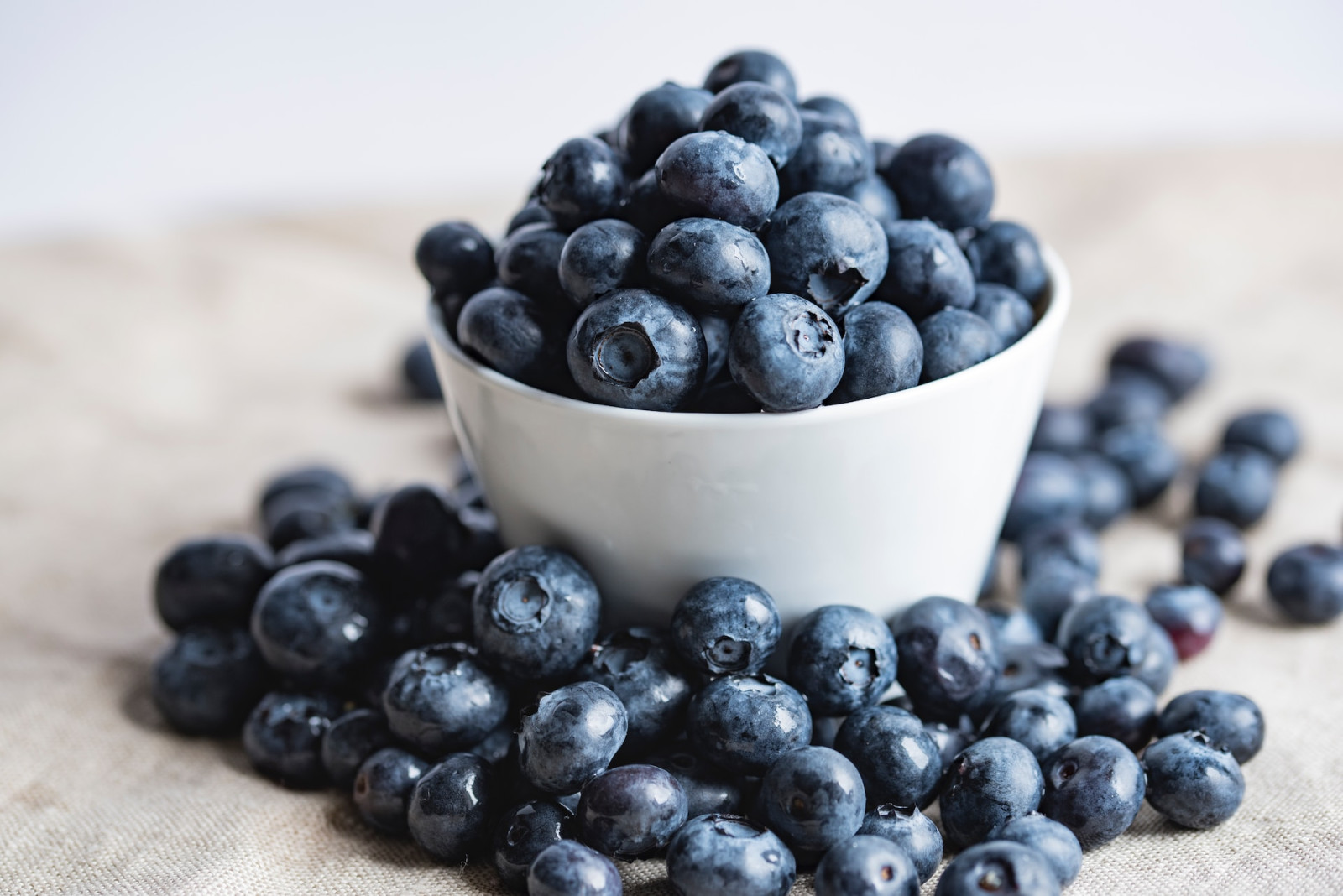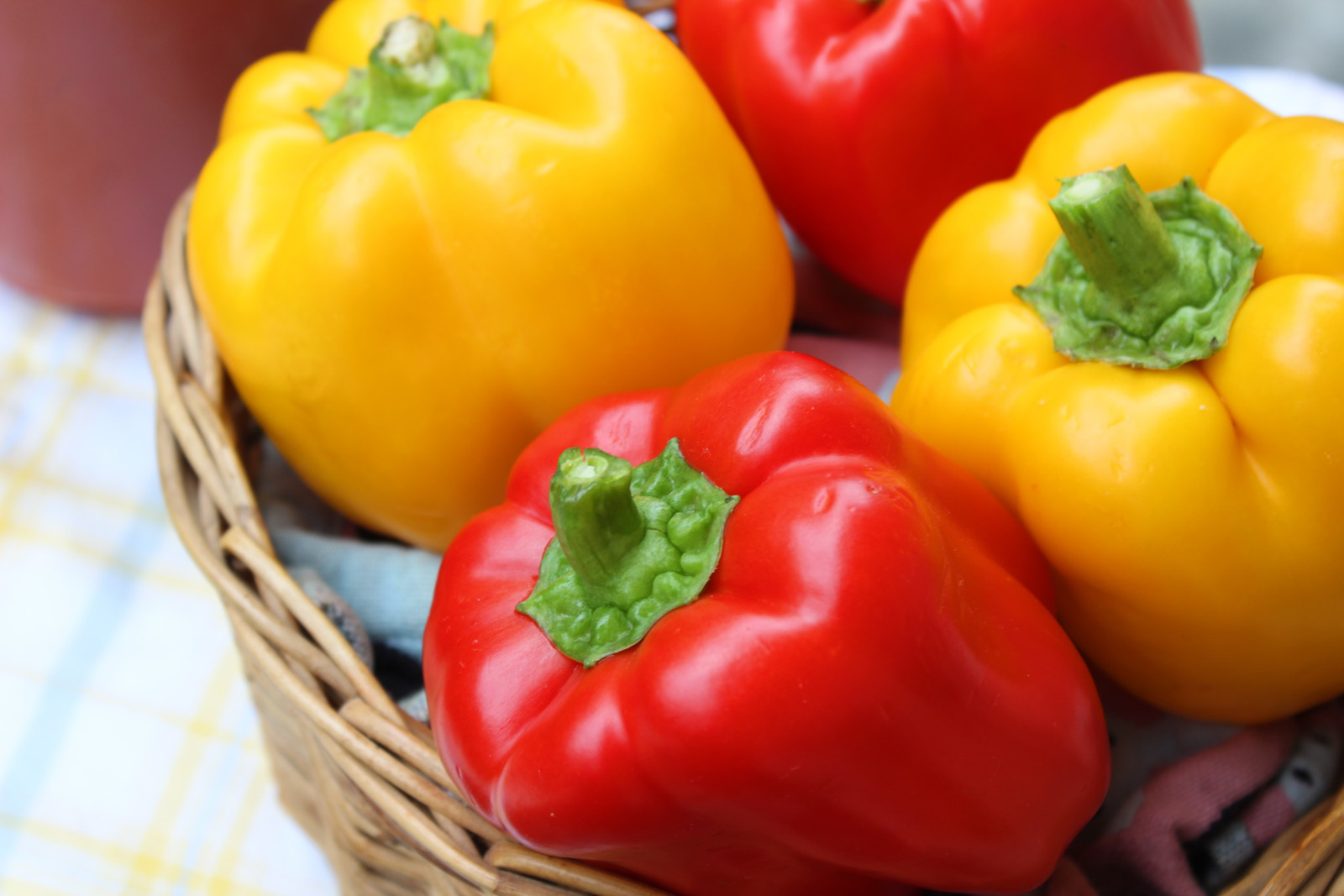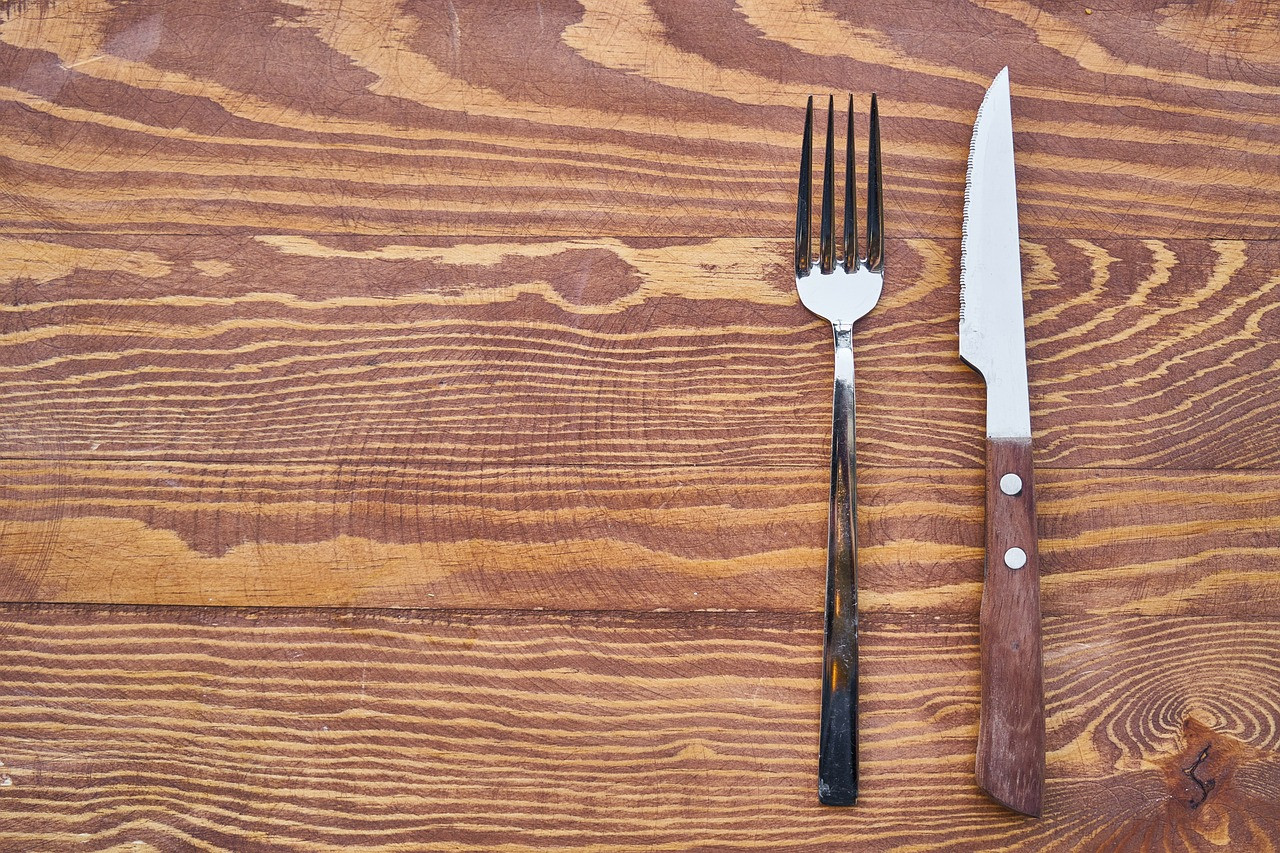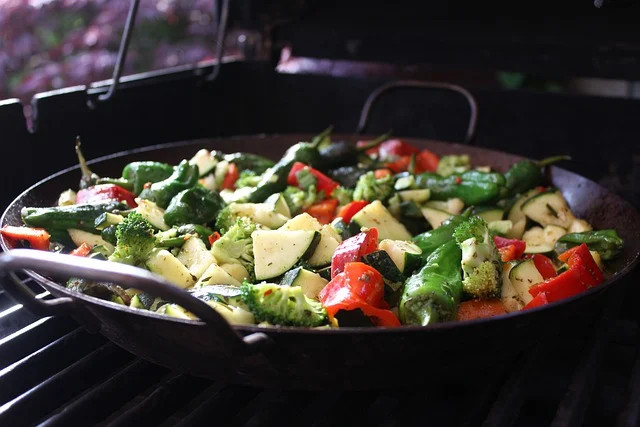
The Art of Oil-Free Sautéing: A Guide to Water Sautéing Vegetables
In the world of culinary arts, sautéing is a technique celebrated for its ability to quickly cook ingredients while sealing in flavors. Traditionally, this involves cooking food quickly in a small amount of oil over high heat. However, a growing trend towards health and wellness has seen an upsurge in water sautéing – a technique that promises the same delicious outcomes minus the oil. This blog explores the what, why, and how of oil-free sautéing, offering insights into its benefits and sharing a quick, tasty recipe to get you started.
What is Water Sautéing?
Water sautéing is an innovative cooking method that substitutes oil with water or broth. This technique involves cooking vegetables (or any food you would typically sauté) in a small amount of water, keeping the heat high enough to softly cook the food while imparting it with a tender, flavorful finish.
The Benefits of Avoiding Oil When Cooking
1. Reduced Caloric Intake: One of the most immediate benefits of water sautéing is the significant reduction in calories. Oil is calorie-dense, and even a small amount can add hundreds of calories to your dish without increasing the volume or satiety.
2. Promotes Heart Health: Eliminating oil can help reduce the intake of unhealthy fats, particularly trans and saturated fats found in some oils, promoting a healthier cardiovascular system.
3. Maintains Nutrient Integrity: Cooking with water can help preserve the natural nutrients of vegetables better than oil, which may undergo oxidative degradation at high temperatures, potentially forming harmful compounds.
4. Enhances Natural Flavors: Water sautéing helps in bringing out the natural flavors of the ingredients, making your vegetables taste more genuine and vibrant without the overshadowing taste of oil.
How To Do Water Sautéing
Technique and Tips:
- How Much Water to Use: Start with a small amount, about 2-4 tablespoons for a pan of vegetables. The key is to add just enough water to prevent sticking while cooking, not to waterlog the food.
- Keep It Moving: To mimic the traditional sauté, keep the ingredients moving frequently by stirring or tossing, ensuring even cooking and preventing any sticking or burning.
- Gradual Addition: If the water evaporates before the food is thoroughly cooked, add more water, a tablespoon at a time, to finish cooking.
- High Heat: Maintain a high heat throughout the cooking process to ensure a good sear on the vegetables, similar to what you’d achieve with oil.
Quick Recipe Using Water Sautéing
Simple Garlic Green Beans
Ingredients:
- 1 lb fresh green beans, trimmed
- 4 cloves garlic, minced
- Salt and pepper to taste
- ½ cup vegetable broth or water
Instructions:
- Heat a large pan over medium-high heat. Add the garlic and 2 tablespoons of vegetable broth to the pan, stirring frequently for about 1 minute.
- Add green beans and the rest of the broth. Season with salt and pepper.
- Cover and cook, stirring occasionally, until the beans are tender but still crisp, about 3-4 minutes.
- Uncover, increase the heat, and continue cooking until most of the liquid has evaporated. Serve immediately.
The Flavor of Food When Water Sautéing
While the absence of oil might seem like it could detract from the flavor, water sautéing actually allows the inherent flavors of the vegetables to shine. The method encourages the blooming of spices and the caramelization of natural sugars in vegetables, leading to a clean and distinct taste profile that might be obscured by oil.
In summary, water sautéing is not only a healthful alternative to traditional sautéing methods but also an easy technique to adopt in everyday cooking. It preserves the texture and enriches the natural flavors of food, offering a delicious way to enjoy your favorite dishes, guilt-free. Give it a try, and you might find that water sautéing becomes a staple in your culinary repertoire.
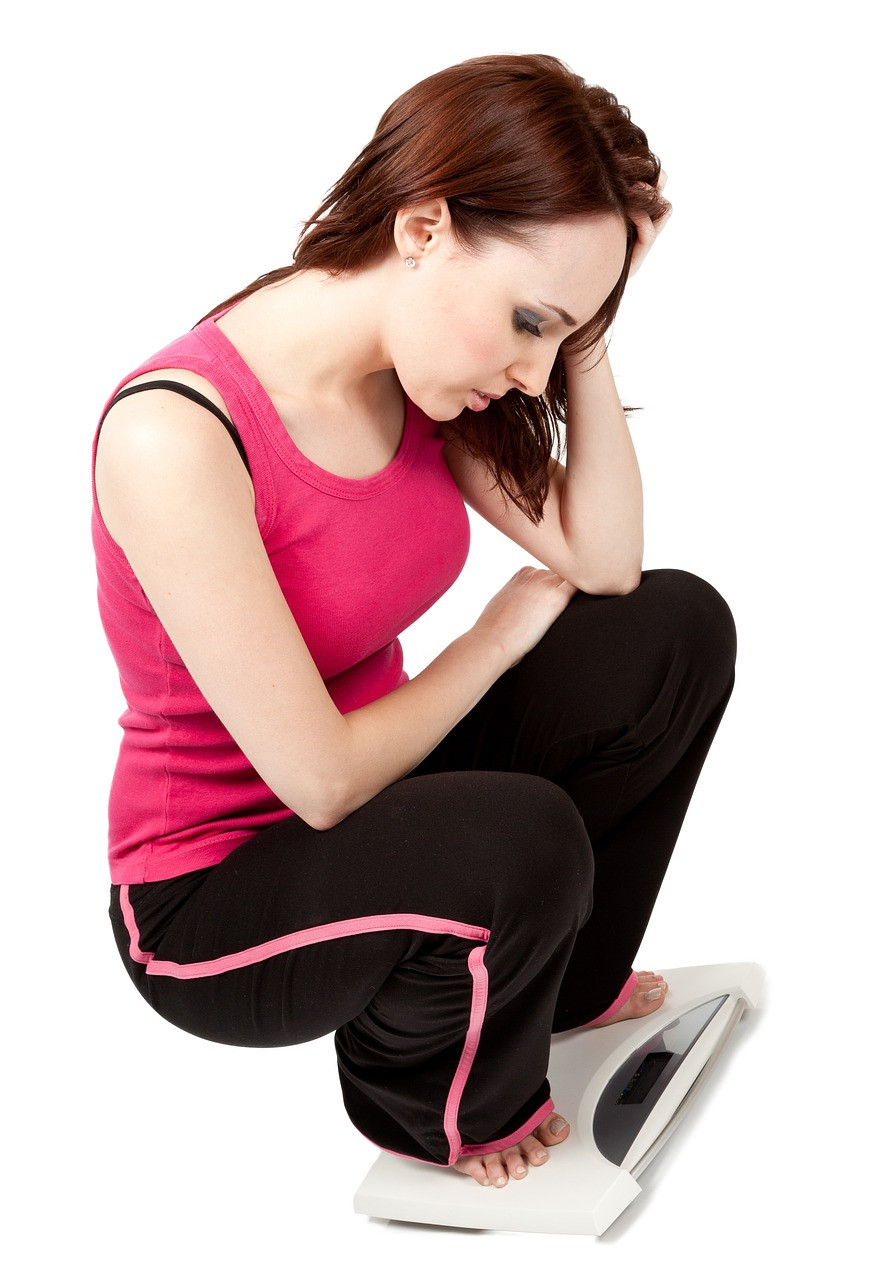
You are not a number: How to weigh yourself without becoming obsessed
Ladies, we all know the drill. You go on a diet, you start exercising, and the first thing you do is bolt to your bathroom scale like it holds the secrets to the universe. But what does that number really tell you? And why do we so easily become obsessed with it? In this post, we’ll discuss why it’s important to weigh yourself on a scale, but not obsess over it. We’ll also give you some simple steps to take, so you can weigh yourself without losing your mind.
First, let’s talk about what important information you can get from that number on the scale. Obviously, your weight measures your body mass, which can be a helpful indicator of your overall health. However, it is only one part of a bigger picture. That number doesn’t take into account your body composition, which includes your muscle mass and water percentage. It’s important not to view your weight as the only marker of your health. Instead, pay attention to how you feel, how your clothes fit, and what you are able to do physically. These things can help you gauge your overall fitness and health, in tandem with the scale.
Now, let’s talk about the benefits of weighing yourself. For one thing, it can motivate you to continue your weight loss or fitness journey. Seeing progress can be empowering and rewarding. The scale can also serve as a tool for self-awareness. It can help you identify patterns and behaviors that may contribute to fluctuations in your weight and assist you in maintaining a healthy weight.
But there are negatives to weighing yourself, too. Obsession with that number can quickly lead to disordered eating habits, self-destructive behavior, and mood disorders. If the scale has become a source of anxiety or obsession for you, try taking a break from it. Give yourself a break from the numbers by either adopting a different method of measuring progress or taking some time away from weighing yourself altogether.
So how to avoid becoming obsessed with the scale? Here are three simple steps that can help:
Choose the right time to weigh yourself: Weigh yourself at the same time of the day, wearing similar clothing, to get a consistent and accurate measurement.
Weigh yourself with positivity: Create an encouraging environment for yourself, instead of a negative or judgemental one. Remind yourself that it’s important to track your progress and celebrate your successes along the way.
Use the scale as one tool, not the only tool: Consider incorporating measurements like body fat percentages or strength measurements to get a fuller picture of your overall health.
Keeping track of our weight is part and parcel with maintaining a healthy lifestyle. But it’s important to remember that our value and self-worth are not rooted in the number on a scale. Weighing yourself can be an informative and encouraging tool, but it’s important to use it in a healthy way. By following these simple steps, you can avoid becoming obsessed with the scale and focus on your overall wellness. Remember, you are not a number!
If you would like to learn more about how to incorporate Healthier Habits, come join our online community!


